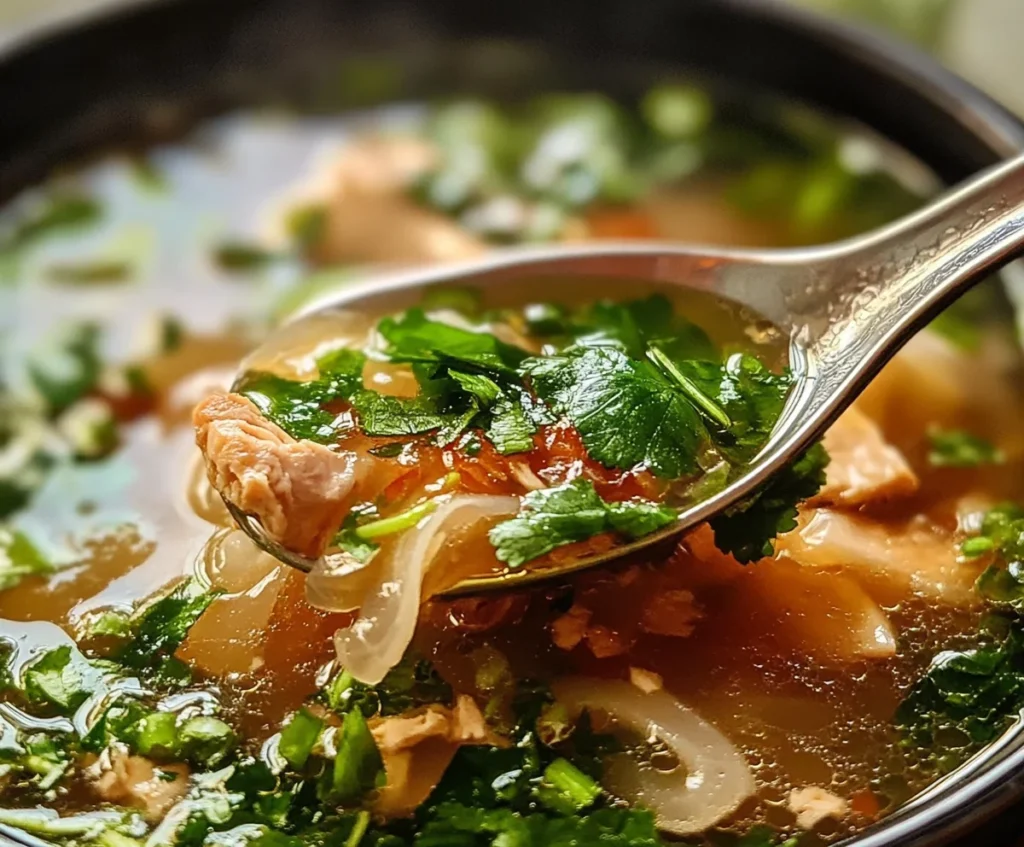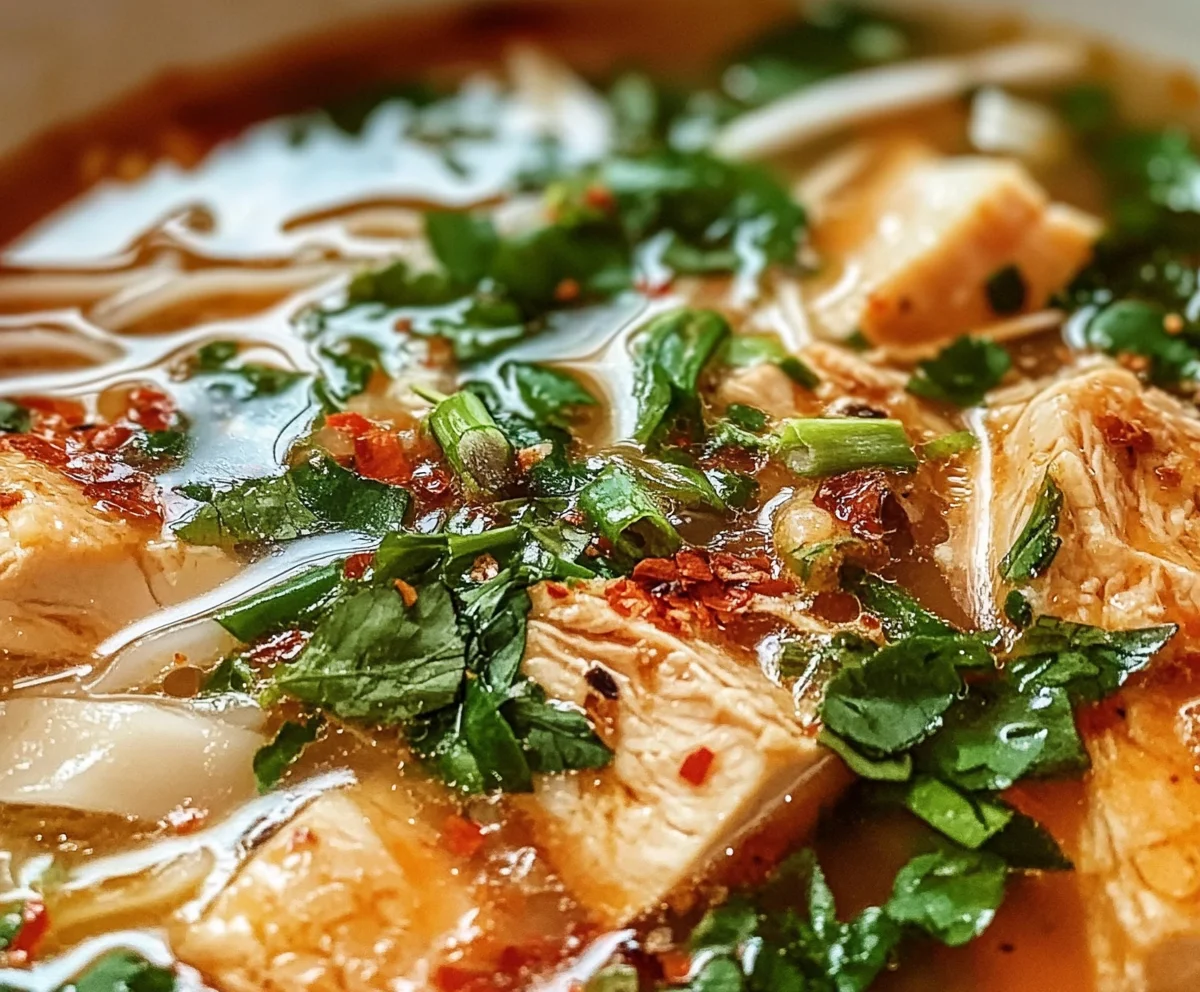Pho, the soul-warming Vietnamese noodle soup, has earned a global fan base for its rich broth, aromatic spices, and satisfying textures. But for those keeping an eye on their daily intake, a common question arises: how many calories are in a full bowl of pho?
The answer isn’t one-size-fits-all. The calorie count depends on a number of factors—your protein choice, broth preparation, noodle portion, and use of condiments. In this comprehensive guide, we break down the ingredients and calorie ranges of different pho types, and offer practical tips to enjoy it without overindulging.
Why Knowing Pho’s Calorie Count Matters
While pho is generally seen as a healthy dish, portion sizes and toppings can easily tip the calorie scales. Whether you’re aiming to lose weight, maintain balance, or simply understand your food better, knowing what goes into a bowl of pho empowers you to make better dietary choices.
Nutritional Overview of Pho
Pho typically includes:
- Aromatic broth (chicken, beef, or veggie-based)
- Rice noodles
- Protein (chicken, beef, tofu)
- Fresh herbs and vegetables
- Condiments (hoisin sauce, sriracha)
It’s a dish rich in protein, carbohydrates, vitamins, and minerals, making it both filling and nutritious—when made mindfully.
Calorie Breakdown by Pho Type
Chicken Pho (Pho Ga)
- Calories: ~400–500 per bowl
- Breakdown:
- Rice noodles: 190–220
- Chicken breast: 150–200
- Broth: 50–80
- Herbs and garnishes: Minimal
Chicken pho is a lighter option, especially if made with clear broth and lean, skinless chicken breast.
Beef Pho (Pho Bo)
- Calories: ~450–650 per bowl
- Protein Variations:
- Brisket: 250–300 calories (higher in fat)
- Rare steak (eye of round): 150–200 calories
- Tendon: 70–100 calories (low fat, collagen-rich)
- Broth: 80–120 calories (richer and more calorie-dense than chicken broth)
Beef pho is heartier and richer, especially if made with bone marrow broth and fatty cuts.

Vegetarian Pho
- Calories: ~300–400 per bowl
- Ingredients:
- Tofu: 50–80 calories
- Vegetables: 20–50 calories
- Vegetable broth: ~50
- Rice noodles: 190–220
Vegetarian pho is typically the lowest in calories and fat, especially if you opt for smaller noodle portions and a broth low in sodium.
Components That Affect Calorie Count
The Broth
- Clear broth (chicken or vegetable): 50–80 calories
- Richer beef broth (bone marrow, unskimmed fat): 80–120 calories
Tip: The longer broth simmers, the more collagen and minerals it extracts—but also more fat, unless skimmed.
Protein Options
- Chicken breast: 150–200 calories (leanest choice)
- Chicken thigh: 200–250 (more fat)
- Beef brisket: 250–300
- Rare steak (eye of round): 150–200
- Tofu: 50–80
Rice Noodles
- Cooked rice noodles, in a quantity of two to three ounces, contain roughly 190 to 220 calories.
- While they’re gluten-free and easy to digest, rice noodles are calorie-dense and low in fiber.
Garnishes
- Bean sprouts, Thai basil, cilantro, lime: ~10–20 calories total
- Add-ins like mushrooms or spinach: ~10–30 calories
- Low in calories yet rich in nutrients and taste
Sauces & Condiments
- Hoisin sauce: ~35 calories per tablespoon
- Sriracha: ~15 calories per tablespoon
- Fish sauce or lime juice: Minimal calories
These extras can add up quickly, especially if you’re generous with hoisin or chili oil.
Average Calorie Ranges for a Full Bowl of Pho
| Pho Type | Average Calories |
|---|---|
| Chicken Pho | 400–500 |
| Beef Pho | 450–650 |
| Vegetarian Pho | 300–400 |
| Large Restaurant Bowl | 600–800 |
Restaurant portions are usually larger and more calorie-dense due to fattier cuts, rich broth, and more noodles.
Pho and Weight Management
Is Pho Good for Weight Loss?
Yes—with smart modifications:
- Choose lean proteins (chicken breast, tofu)
- Reduce the consumption of traditional noodles or replace them with zoodles or shirataki noodles.
- Skip or reduce sugary sauces
Pho’s high protein and hot broth make it filling, which helps prevent overeating.
Is Pho Suitable for Everyday Eating?
Yes, when:
- Sodium is kept in check (broth and sauces)
- Portions are controlled
- High-fat cuts and toppings are minimized
Tips for Managing Calories in Pho
- Use Lean Proteins
Opt for chicken breast or rare steak over brisket or thigh meat. - Watch the Noodles
Ask for half a portion or substitute with low-carb options. - Limit Condiments
Use small amounts of hoisin and sriracha, or swap for lime, chili, and herbs. - Make It at Home
Control salt, fat, and portions. Use organic or local ingredients for added health benefits. - Add More Veggies
Bulk up your bowl with mushrooms, bok choy, spinach, or carrots to stay full longer.
Common Questions About Pho Calories
How many calories are in a large bowl of pho?
A large restaurant bowl can contain 600–800 calories, depending on the broth and toppings.
Does the broth add a lot of calories?
Not usually. Broth ranges from 50–120 calories per serving, depending on the fat content.
Are rice noodles high in calories?
Yes, they are moderate to high in calories and should be portion-controlled.
Is pho appropriate for a low-carbohydrate or ketogenic diet?
It can be if you replace noodles with zoodles or shirataki noodles and avoid sugary sauces.
Can pho be frozen or meal prepped?
Certainly. Prepare broth in large quantities, keep noodles and proteins stored separately, and combine them when it is time to serve.
Conclusion: How Many Calories Are in a Full Bowl of Pho?
A bowl of pho can range from 300 to over 650 calories depending on what’s in it. For a healthier version:
- Go for chicken or vegetarian pho
- Control noodle portions
- Skip heavy condiments
- Use broth that’s low in fat and sodium
Pho is not only a flavorful and comforting dish—it can also be a balanced and nutritious meal when enjoyed in moderation and customized with health in mind.

